How do astronauts wash their clothes in space? Well, the answer is simple: they don’t. It may be weird, but we don’t have a way or technology safe enough to clean laundry in the microgravity environment of space.
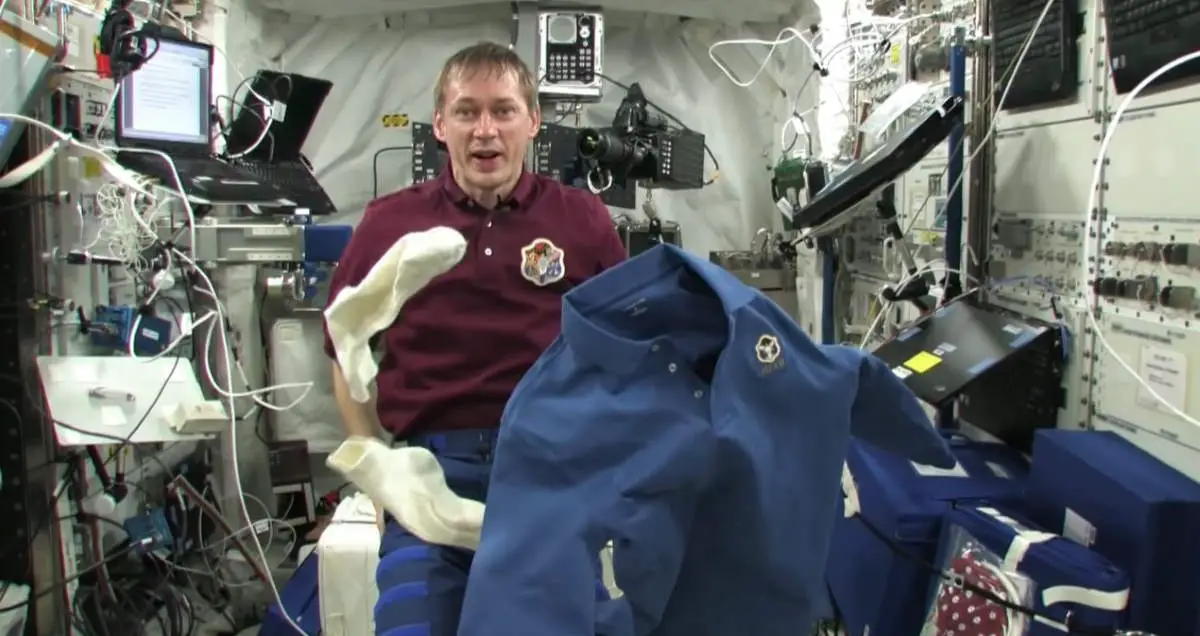
I am a software developer and a science enthusiast. I was graduated from the Istanbul Technical University (ITU), Computer Engineering. In the past, I worked at the Istanbul Technical University Science Center as a science instructor. I write about the planet Earth and science on this website, ourplnt.com. I am also an animal lover! I take care of stray cats & dogs. This website's all income goes directly to our furry friends. Please consider supporting me on Patreon, so I can help more animals!

How do astronauts wash their clothes in space? Well, the answer is simple: they don’t. It may be weird, but we don’t have a way or technology safe enough to clean laundry in the microgravity environment of space.
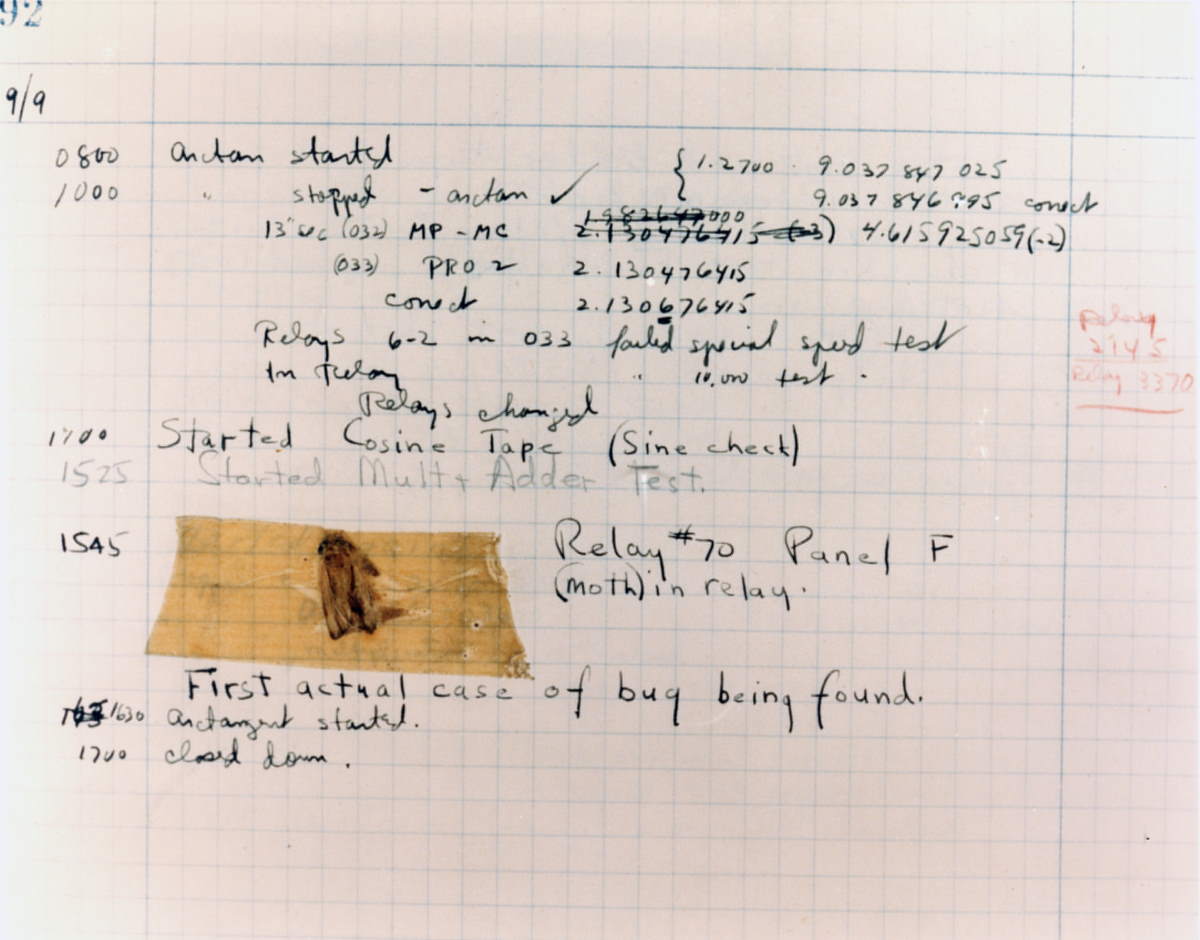
On September 9, 1947, a team of computer scientists and engineers operating Harward University’s Mark II electromechanical computer started getting an error. They traced the error and found a moth trapped in a relay. The moth was carefully removed and taped to the logbook with a note saying “first actual case of bug being found”. Urban legend says this was the first case of a computer bug, but it’s not true.
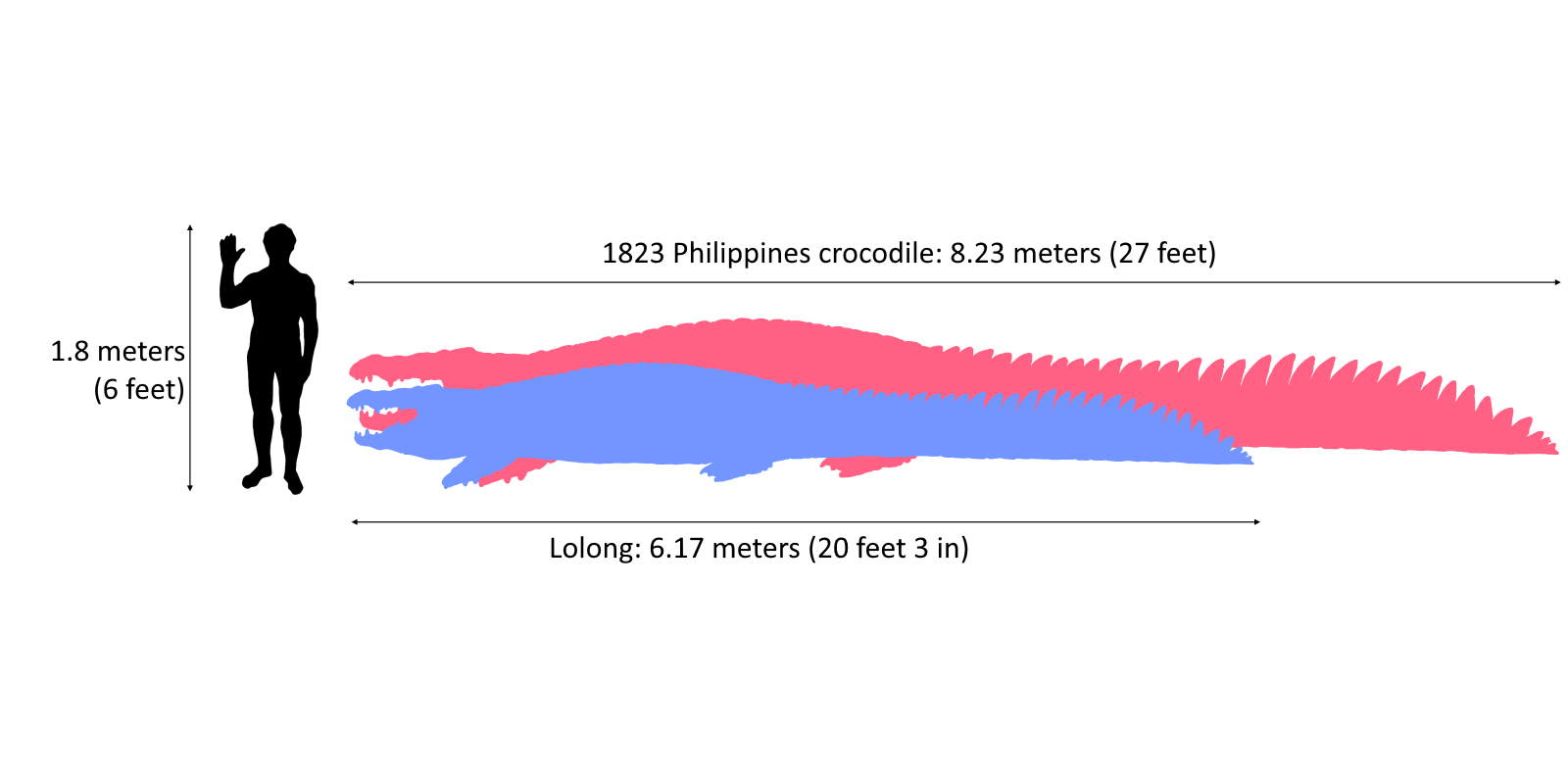
According to biology professor Alvin Silverstein’s 1980 book Nature’s Champions, in 1883, a giant saltwater crocodile bigger than Lolong was killed in the Philippines. It measured 27 feet (8.23 meters) from the tips of its snout to the end of its tail. It was also more than 2 tons in weight. Sources say it required the help of 40 men to bring its body ashore. And, when the massive crocodile was opened up for examination, individuals were taken aback to find the segmented remains of a horse, carved into seven distinct pieces.
There’s no photo of the crocodile, because of the record’s date, but if that story is true, it was the largest crocodile ever recorded.
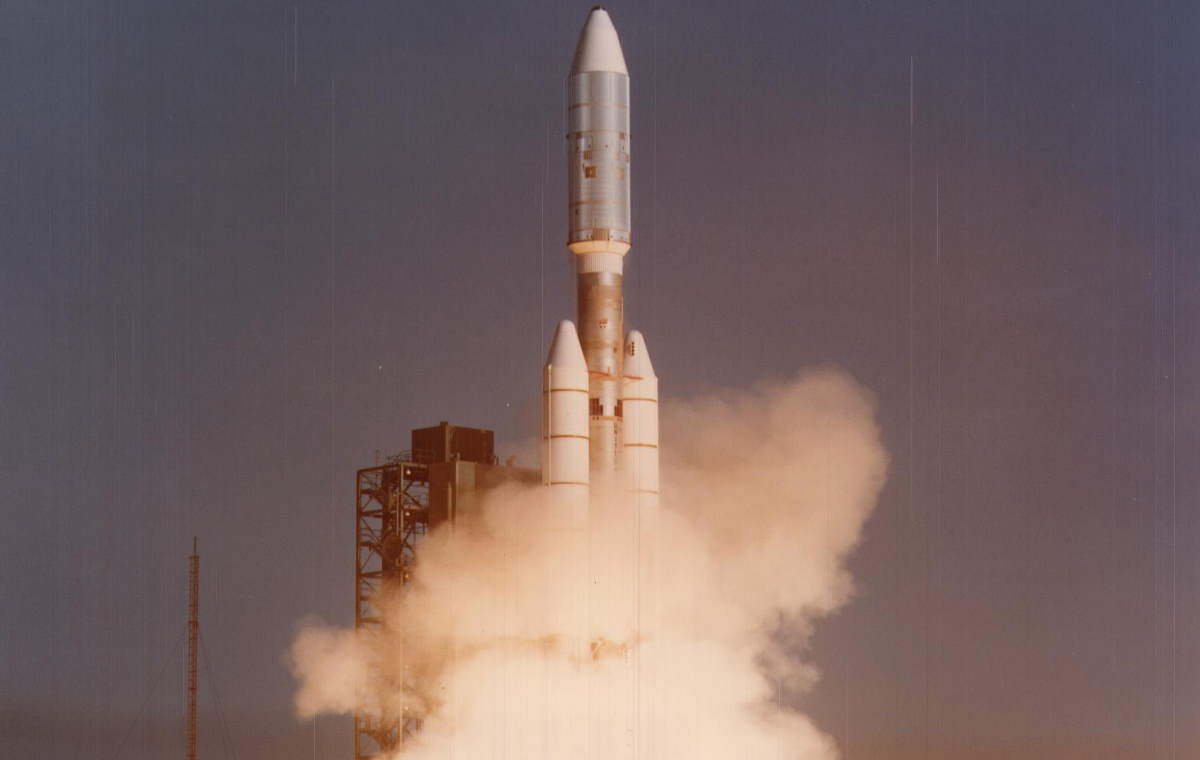
Voyager 1 launch: On September 5, 1973, NASA's Voyager 1 spacecraft was launched on top of a Titan IIIE/Centaur rocket from the Kennedy Space Center Launch Complex in Florida, 16 days after its twin, Voyager 2. Photo: Voyager 1 Launch on the NASA Jet Propulsion Laboratory website.
Voyager 1 launch: On September 5, 1977, NASA’s Voyager 1 spacecraft was launched on top of a Titan IIIE/Centaur rocket from the Kennedy Space Center Launch Complex in Florida, 16 days after its twin, Voyager 2. The reversal of order was because the two spacecraft were sent on different trajectories, and Voyager 1 was put on a path to reach its planetary targets, Jupiter and Saturn, ahead of Voyager 2.
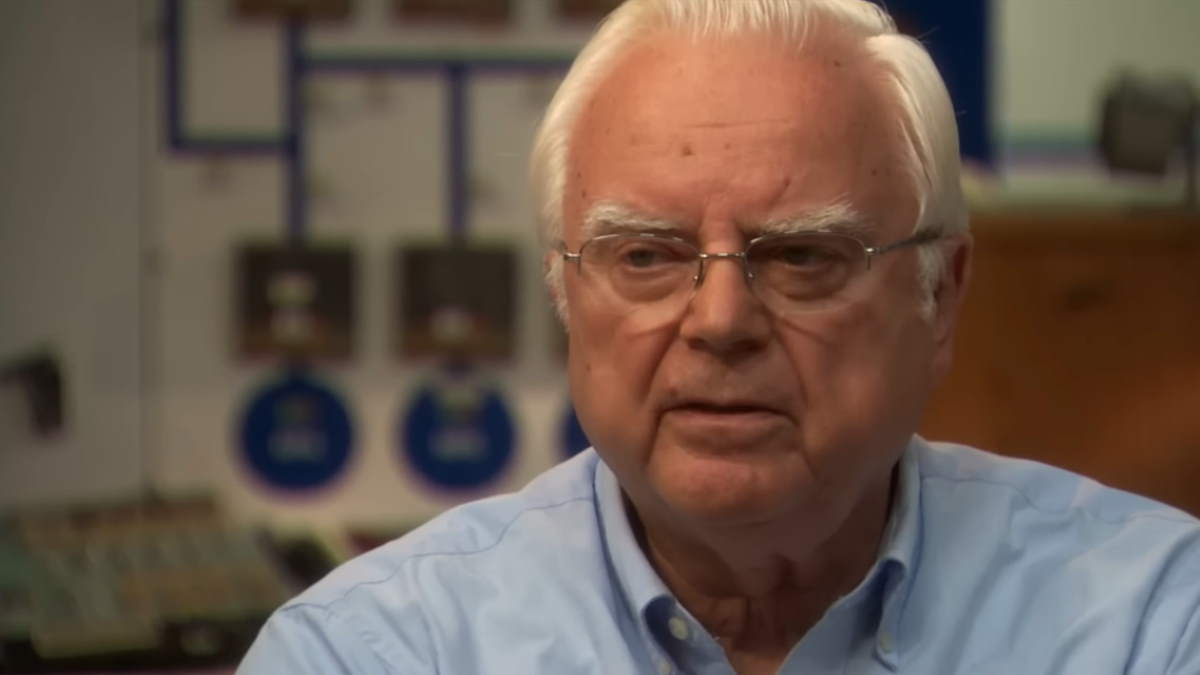
On September 2, 2022, Frank Drake, the American astronomer, and astrophysicist (b. May 28, 1930) died at his home in Aptos, California, from natural causes at the age of 92.
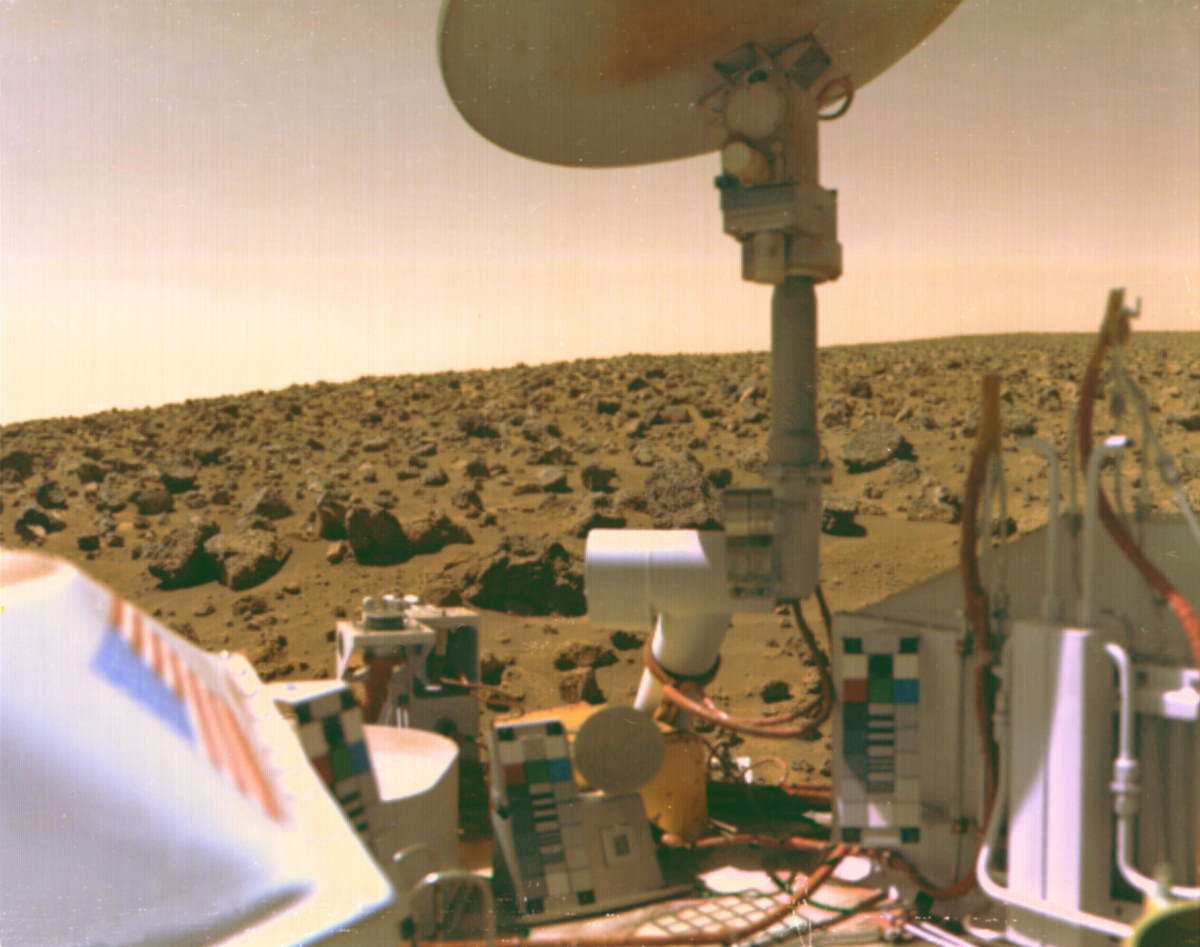
On September 3, 1976, the lander of NASA’s Viking 2 spacecraft (which consisted of an orbiter and a lander) separated from the orbiter and safely landed on Mars.
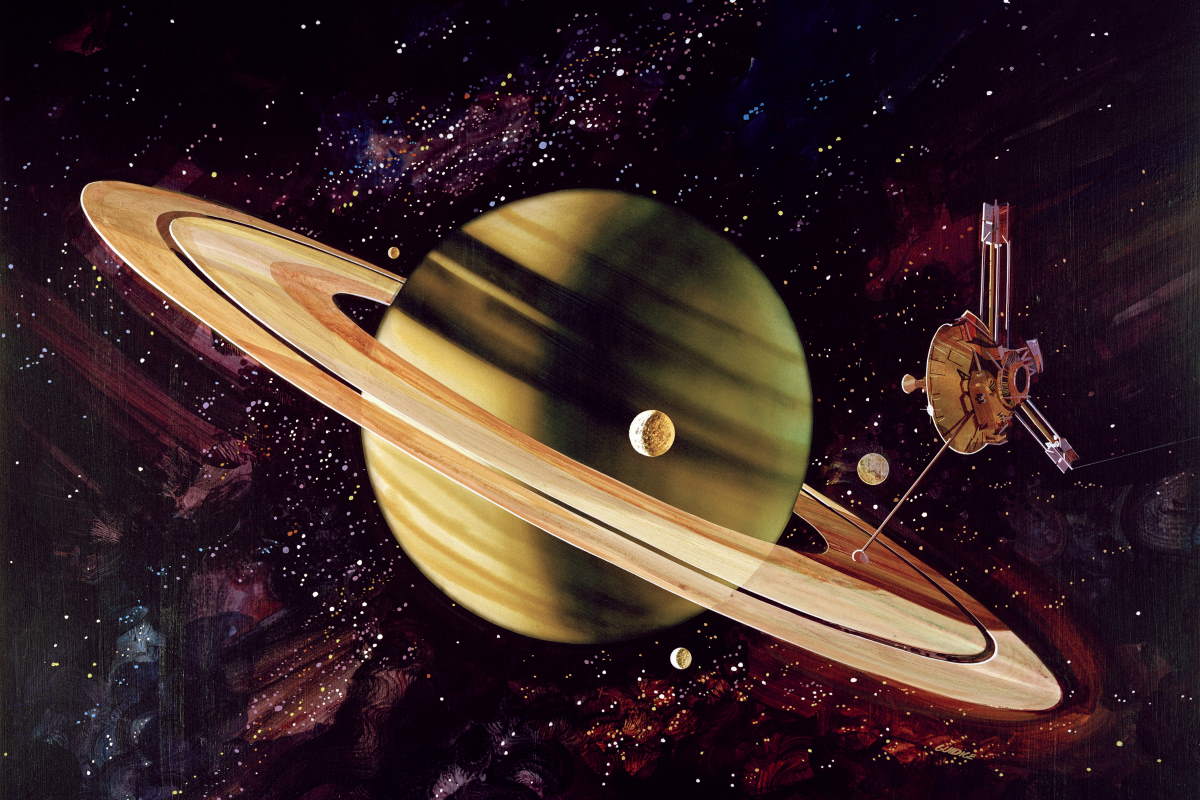
On September 1, 1979, NASA’s Pioneer 11 spacecraft performed the first Saturn flyby in the history of space exploration, at a distance of 21,000 km (13,000 miles) from Saturn’s cloud tops.
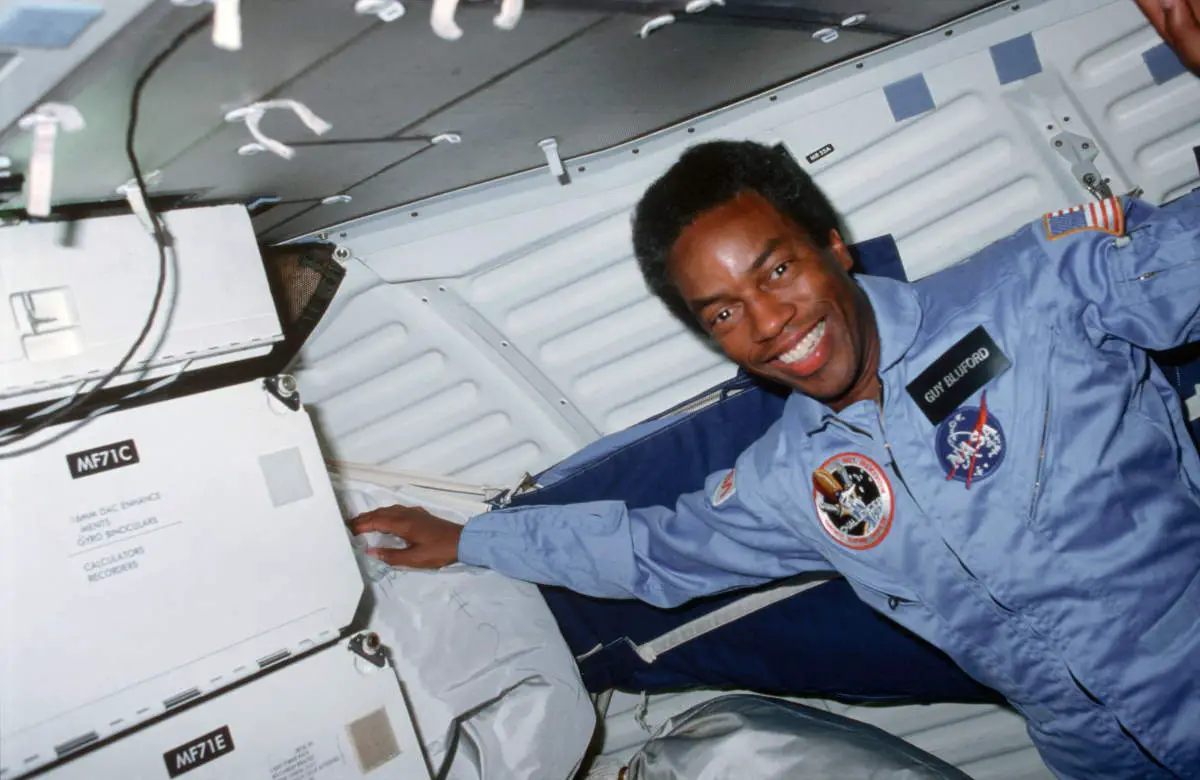
On August 30, 1983, Guion Bluford, better known as Guy, was launched aboard Space Shuttle Challenger’s STS-8 mission on August 30, 1983, he became the first black astronaut in space.
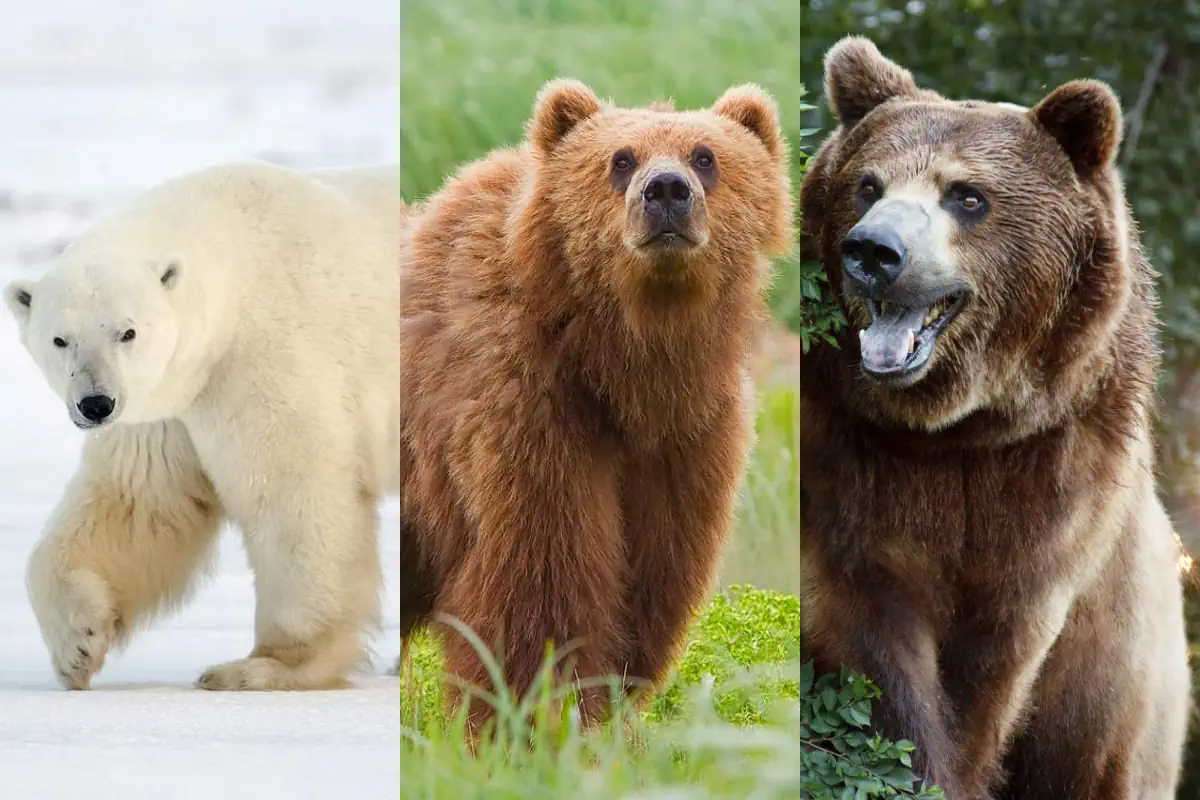
Polar bears, Kodiak bears, Grizzly bears, and Kamchatka brown bears are among the largest bear species in the world. But, which one is the biggest bear in the world?
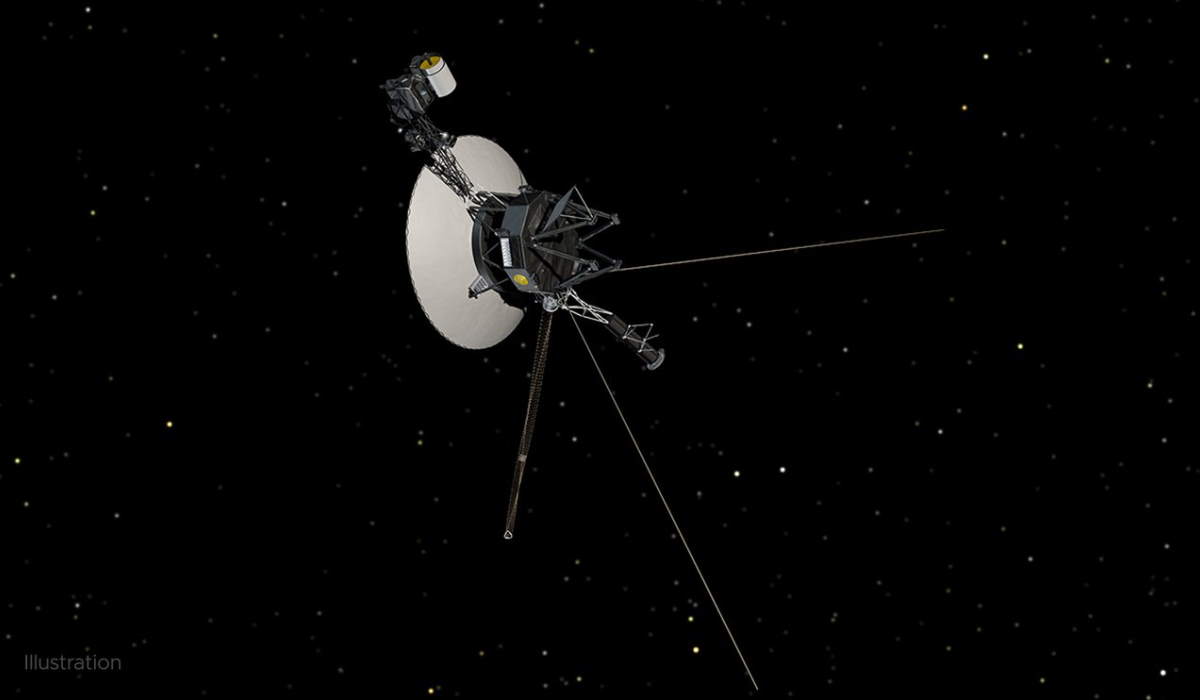
On August 25, 2012, NASA’s Voyager 1 spacecraft crossed the heliopause, the theoretical boundary of our solar system where the Sun’s solar wind is stopped by the interstellar medium, and became the first spacecraft in interstellar space.